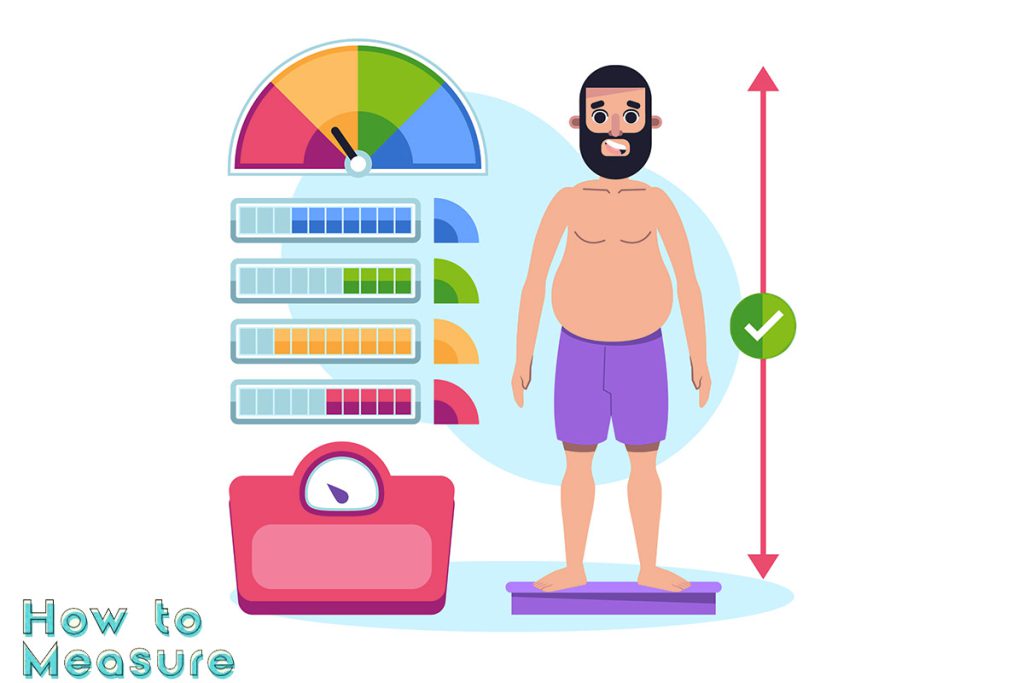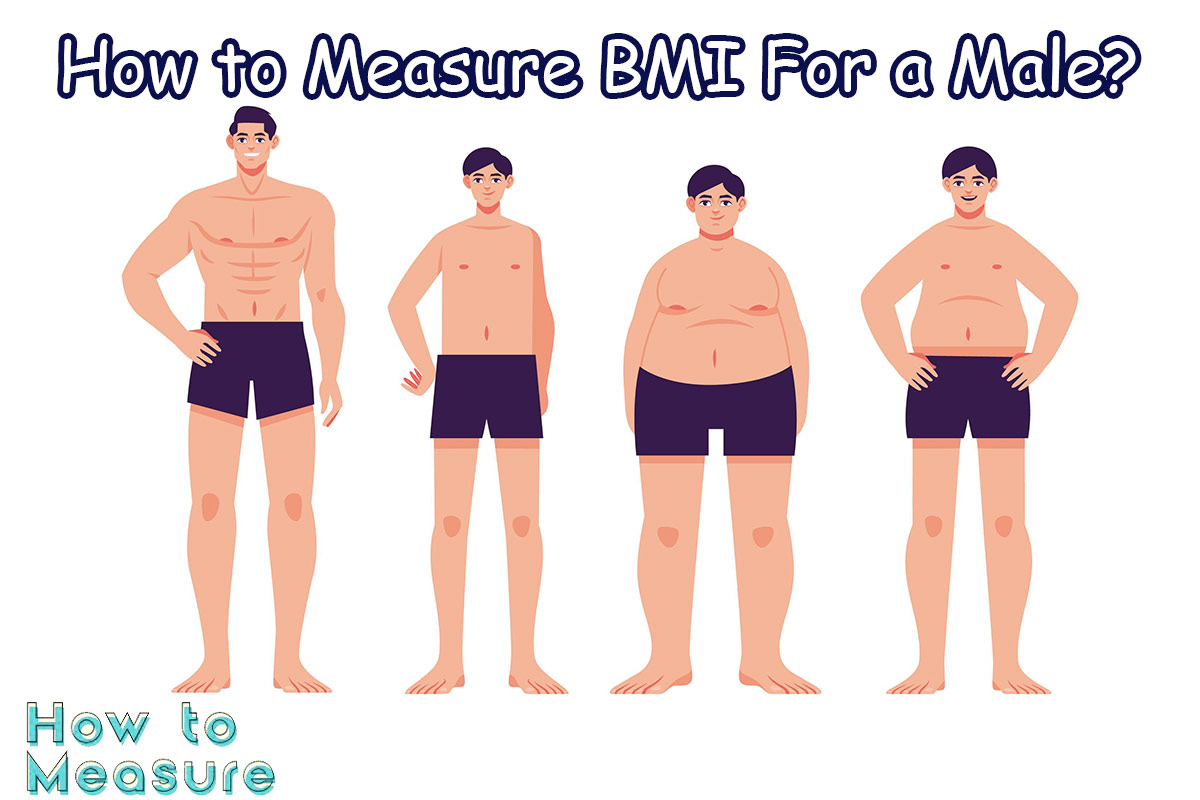Maintaining a healthy body weight is essential for overall health and well-being. Knowing your body mass index (BMI) is a great way to assess your health and determine if you are at risk for any health issues. In this article, we will discuss how to measure BMI for men, the factors that affect BMI, and tips for maintaining a healthy BMI. In the essay we in How to measure will talk more about this topic.
Definition of BMI
Body Mass Index (BMI) measures body fat based on height and weight, which applies to adult men and women. It is calculated by dividing a person’s weight in kilograms by the square of their height in meters (kg/m2). BMI is an easy and inexpensive way to assess how much body fat a person has and determine if they are healthy. For men, a BMI of 18.5 to 24.9 is considered healthy, a BMI of 25 to 29.9 is considered overweight, and a BMI of 30 or higher is considered obese.
Steps to Calculate BMI for Men
- Calculate your weight in kilograms (kg) by dividing your weight in pounds (lbs) by 2.2.
- Calculate your height in meters (m) by dividing your height in inches (in) by 39.37.
- Calculate your BMI by dividing your weight in kilograms (kg) by your height in meters (m) squared.
- Use the BMI chart for men to determine your BMI category.
BMI Chart for Men
Knowing how to measure BMI for men is essential for assessing overall health. The BMI chart for men is based on the same principles as the BMI chart for women, but there are some differences. The BMI chart for men is based on the height and weight of a man, and the resulting number indicates the man’s body mass index. A BMI of 18.5 to 24.9 is considered healthy, a BMI of 25 to 29.9 is considered overweight, and a BMI of 30 or higher is considered obese.

To use the BMI chart for men, a man’s height and weight should be measured, and then the BMI can be calculated. The BMI chart for men helps assess a man’s overall health and helps him make informed decisions about his lifestyle.
Read more: How to Measure BMI for Female?
Factors That Affect male BMI
When measuring BMI for men, several factors can affect the accuracy of the results. These include age, height, weight, and body composition.
- Age: As men age, their BMI can increase due to a decrease in muscle mass and an increase in fat.
- Height: A man’s height can affect his BMI, as taller men tend to have higher BMIs than shorter men.
- Weight: A man’s weight can also affect his BMI, as heavier men tend to have higher BMIs than lighter men.
- Body Composition: The muscle-to-fat ratio in a man’s body can also affect his BMI. Men with higher muscle mass tend to have lower BMIs than men with higher fat mass.
Health Risks Associated with High BMI in male BMI
- High BMI is associated with an increased risk of developing heart disease, stroke, type 2 diabetes, and certain types of cancer.
- People with high BMI are more likely to suffer from high blood pressure, high cholesterol, and other metabolic disorders.
- Obese individuals are at greater risk of developing arthritis, sleep apnea, and other musculoskeletal disorders.
- High BMI is linked to depression, anxiety, and other mental health issues.
- People with high BMI are more likely to experience fatigue, shortness of breath, and other physical symptoms.
- High BMI can lead to decreased mobility, decreased quality of life, and other physical limitations.
Tips for Maintaining a Healthy BMI in Men
- Eat a balanced diet low in saturated fat and high in fruits, vegetables, and whole grains.
- Engage in regular physical activity. Aim for at least 30 minutes of moderate-intensity physical activity on most days of the week.
- Limit the amount of time spent sitting or lying down.
- Avoid sugary drinks and limit alcohol consumption.
- Get enough sleep.
- Monitor your weight regularly and talk to your doctor if you are concerned about your BMI.
Read more: How do you measure jacket sleeve length?
Conclusion
In conclusion, measuring BMI for males involves calculating a person’s body fat percentage based on weight and height. This involves dividing the person’s weight in kilograms by their height in meters squared to get the BMI score. BMI is an essential indication of overall health and helps determine whether a person is underweight, average, overweight or obese. It is important to note that while BMI is an effective screening tool, it may not always accurately reflect a person’s body composition or muscle mass. Additionally, BMI ranges may vary depending on age, ethnicity, and fitness level. Nonetheless, keeping track of BMI alongside other health assessments and advice from a healthcare professional can help individuals maintain optimal health and prevent the onset of chronic diseases. Therefore, it is essential to understand how to measure BMI for males and use this knowledge and other clinical measures to promote overall health and well-being.











